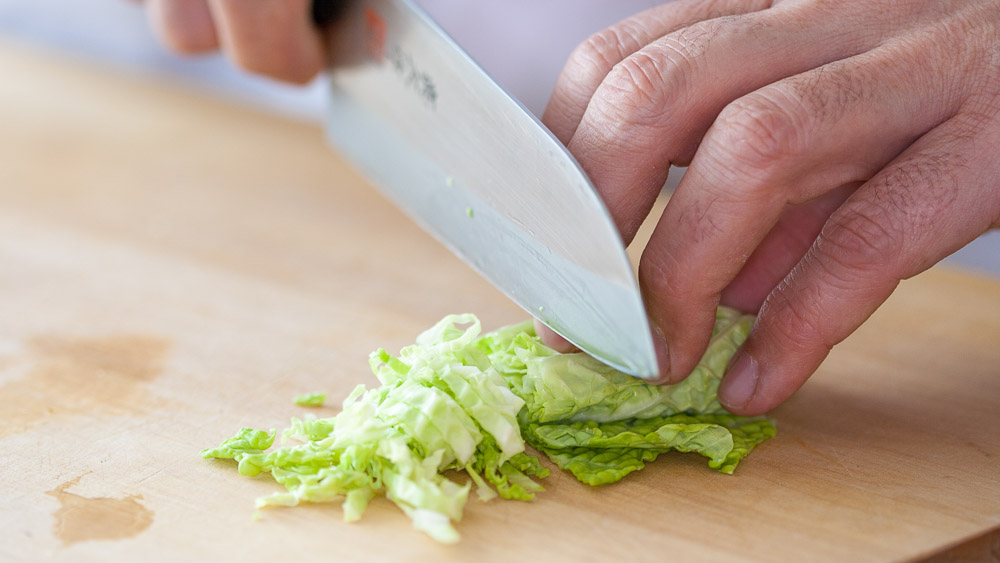As a kitchen professional, understanding how to clean a Japanese knife is crucial for maintaining its sharpness and extending its lifespan. Proper care ensures that these exquisite blades continue to deliver precise cuts and contribute to your culinary masterpieces. In this guide, we will explore expert techniques to ensure your Japanese knife remains in pristine condition.

Why Cleaning Your Japanese Knife Matters
Japanese knives are renowned for their craftsmanship and sharpness. However, their delicate nature requires special care. Regular cleaning prevents rust and preserves the knife's edge, essential for maintaining the quality expected in professional kitchens.
Understanding the Delicate Nature of Japanese Knives
Japanese knives, unlike their Western counterparts, are made from harder steel, which allows for a sharper edge. However, this also makes them more susceptible to rust and corrosion if not cleaned properly. It's essential to handle them with care during the cleaning process to avoid damaging the blade.
Step-by-Step Guide: Cleaning Your Japanese Knife
1. Immediate Rinse and Pat Dry
After using your Japanese knife, it's vital to rinse it immediately under warm water. Use a soft sponge and mild dish soap to gently remove any food particles. Make sure to avoid abrasive materials that could scratch the surface. Once clean, pat it dry with a clean cloth to prevent any water spots or corrosion.
2. Avoiding the Dishwasher
Never put your Japanese knife in a dishwasher. The harsh detergents and high heat can dull and damage the blade. Hand washing is always the preferred method to keep the knife in optimal condition. Learn more about taking care of Japanese knives.
3. Regular Knife Maintenance
To maintain the sharpness and functionality of your Japanese knife, regular maintenance is key. This includes correctly sharpening the knife to retain its edge. Visit our guide on optimal sharpening angles for Japanese knives for more information.
Common Mistakes in Cleaning Japanese Knives
Using Harsh Chemicals
Many make the mistake of using strong chemicals, assuming they provide a more thorough clean. In reality, these can erode the blade's surface and are unnecessary for effective cleaning.
Not Drying Properly
Leaving a knife to air dry can lead to rust and watermarks on the blade. Always use a dry cloth to wipe down the knife immediately after washing to maintain its integrity.

FAQs on Japanese Knife Care
1. How often should I clean my Japanese knife?
Ideally, your knife should be cleaned immediately after each use to prevent staining and deterioration.
2. Can I use a steel wool pad on my knife?
No, using steel wool can scratch and damage the blade. Stick to softer materials for cleaning.
3. What's the best way to store a Japanese knife?
Store your knife in a knife block or on a magnetic strip. Learn about proper storage methods to prevent damage and accidents.
For more insights, visit this comprehensive guide on how to clean kitchen knives.
This article contains affiliate links. We may earn a commission at no extra cost to you.


























